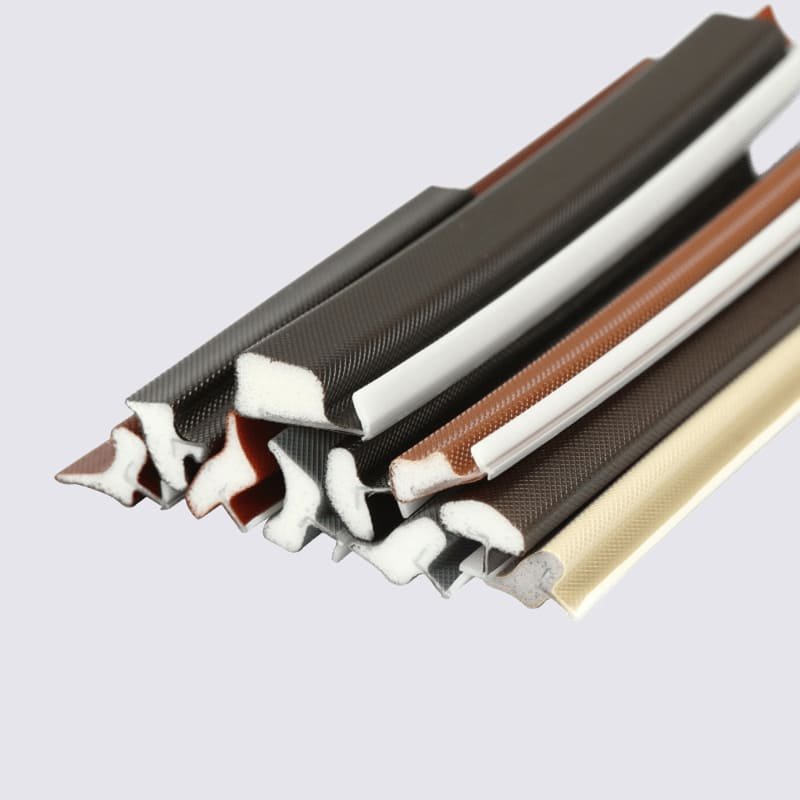The fuel system is one of the most crucial components of any vehicle, and it relies heavily on the fuel hose to deliver the fuel from the tank to the engine. The fuel hose is responsible for carrying fuel under pressure, and as such, it must be durable, flessibile, and resistant to both heat and pressure. In questo post del blog, we will discuss everything you need to know about automotive fuel hoses, including their types, materiali, and maintenance.
Types of Automotive Fuel Hoses
There are two main types of automotive fuel hoses: rubber and braided stainless steel. We will tell you more about these two types according to China fuel hose suppliers‘ information.
Rubber fuel hoses are more common and are typically made from Nitrile Rubber or Fluoroelastomer. They are flexible, affordable, e facile da installare. Tuttavia, they are more prone to wear and tear, especially when exposed to high temperatures and pressure. Braided stainless steel fuel hoses, d'altra parte, are more durable and resistant to heat and pressure. They are made by wrapping stainless steel wires around a rubber hose and can withstand temperatures of up to 400°F.
Materials Used in Automotive Fuel Hoses
The materials used in automotive fuel hoses must be resistant to both the fuel and the environment they are exposed to.
The most common materials used in fuel hoses are Nitrile Rubber, Fluoroelastomer, and Polyurethane. Nitrile rubber is the most popular material used in fuel hoses because of its excellent resistance to fuel and oil. Fluoroelastomer is a more expensive material but is known for its superior resistance to high temperatures and chemicals. Polyurethane is a newer material used in fuel hoses and is known for its excellent abrasion resistance.
Maintenance of Automotive Fuel Hoses
To ensure the longevity and proper functioning of your automotive fuel hose, regular maintenance is crucial. As leading China fuel hose suppliers, we offer some tips to keep your fuel hose in good shape:
- Inspect your fuel hose for any signs of damage or wear and tear, come le crepe, perdite, o rigonfiamenti.
- Replace your fuel hose every 4 A 5 anni, even if there are no visible signs of wear and tear.
- Avoid kinking or twisting the fuel hose, as this can cause it to weaken and eventually fail.
- Use fuel hoses that are rated for the type of fuel you are using, such as diesel or gasoline.
- Keep your fuel hose away from heat sources, such as the exhaust manifold or catalytic converter, as this can cause it to deteriorate.




